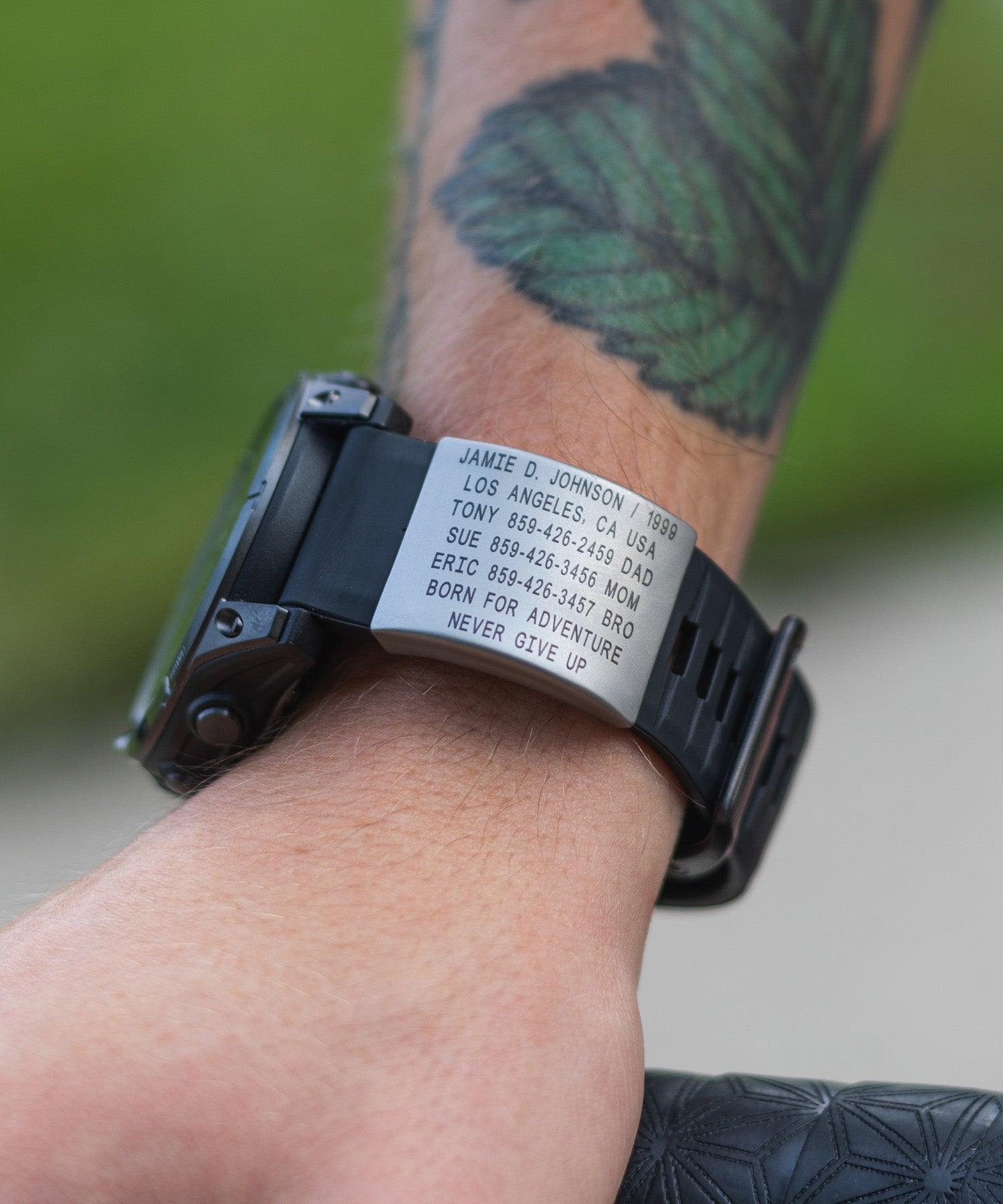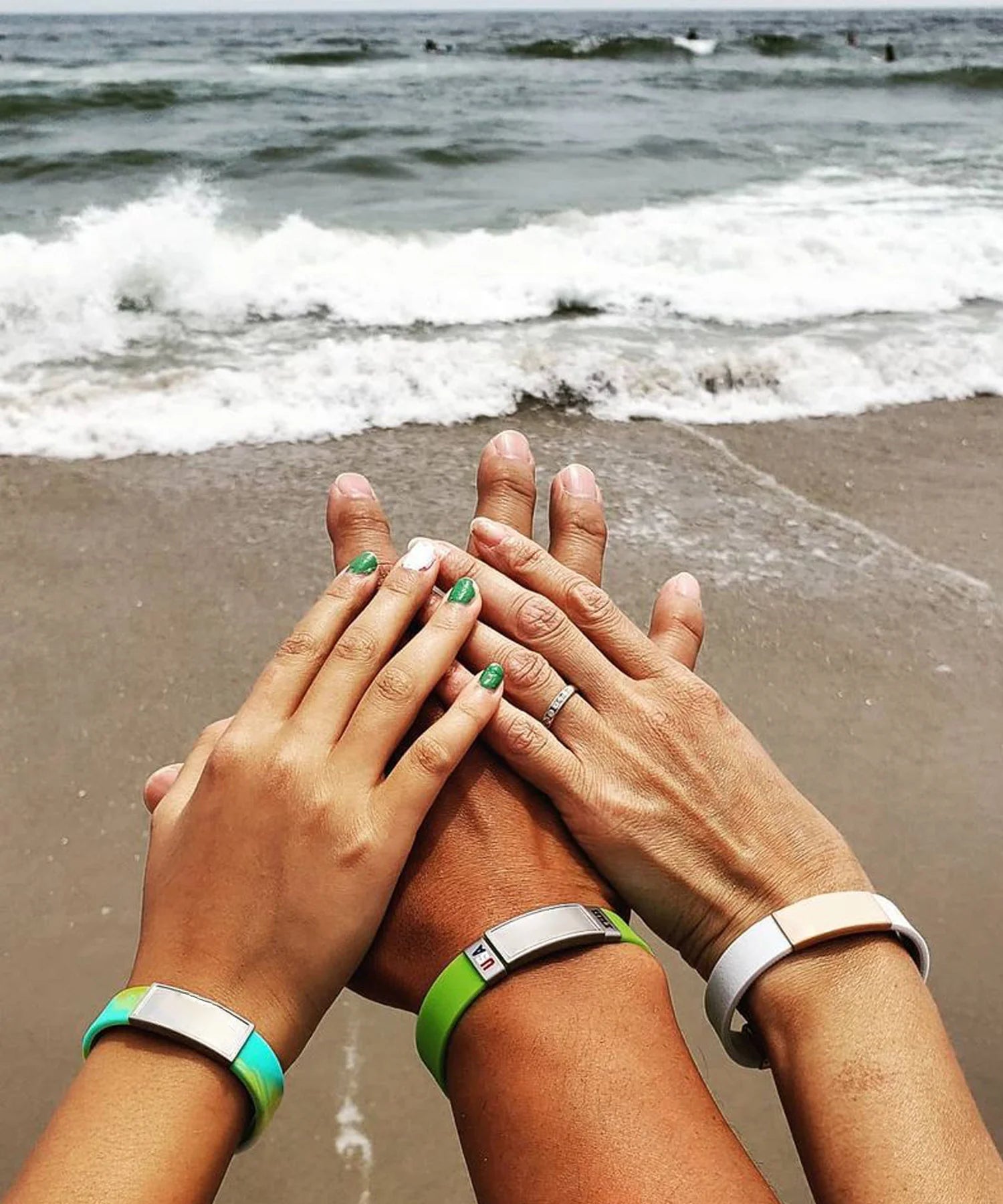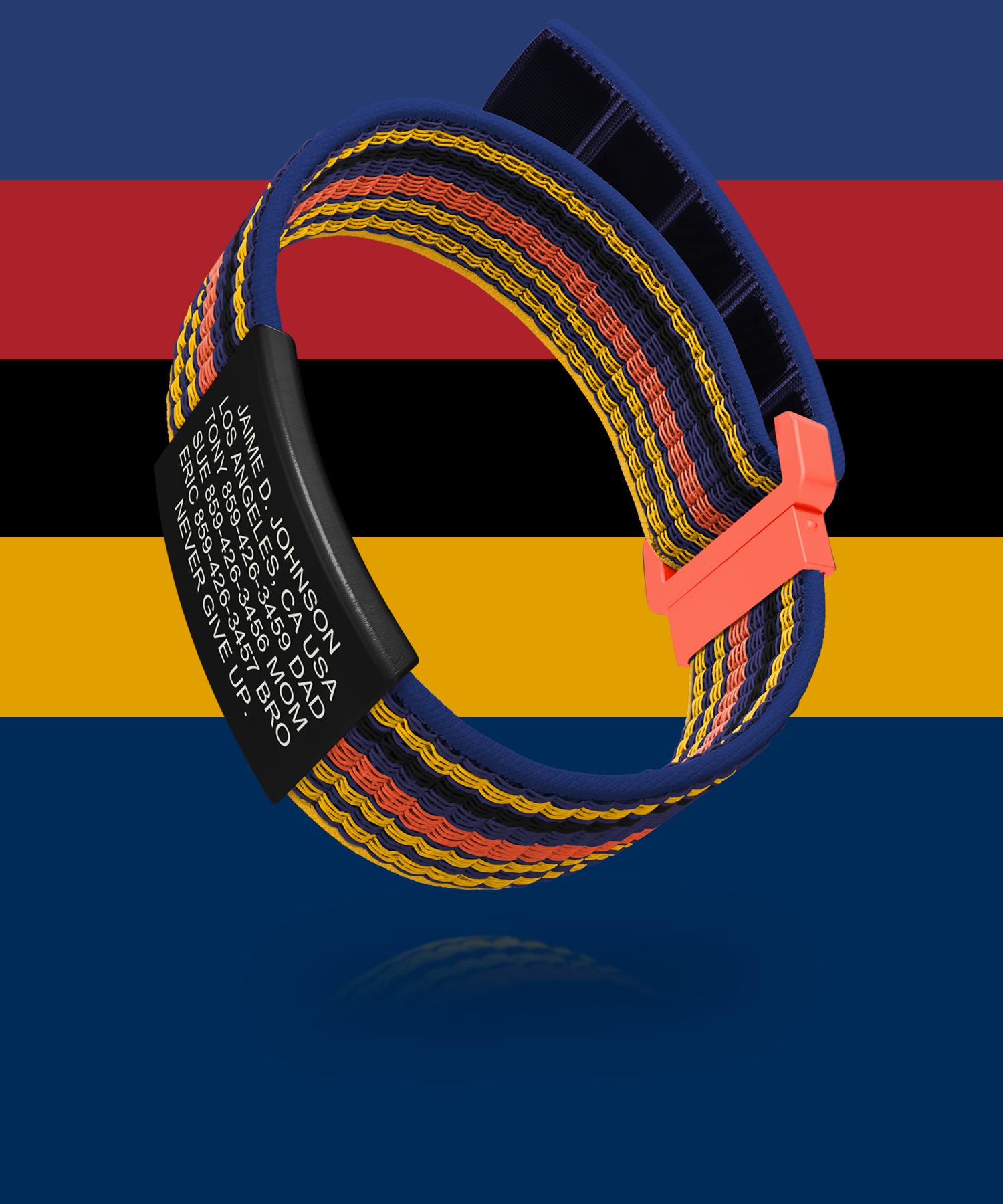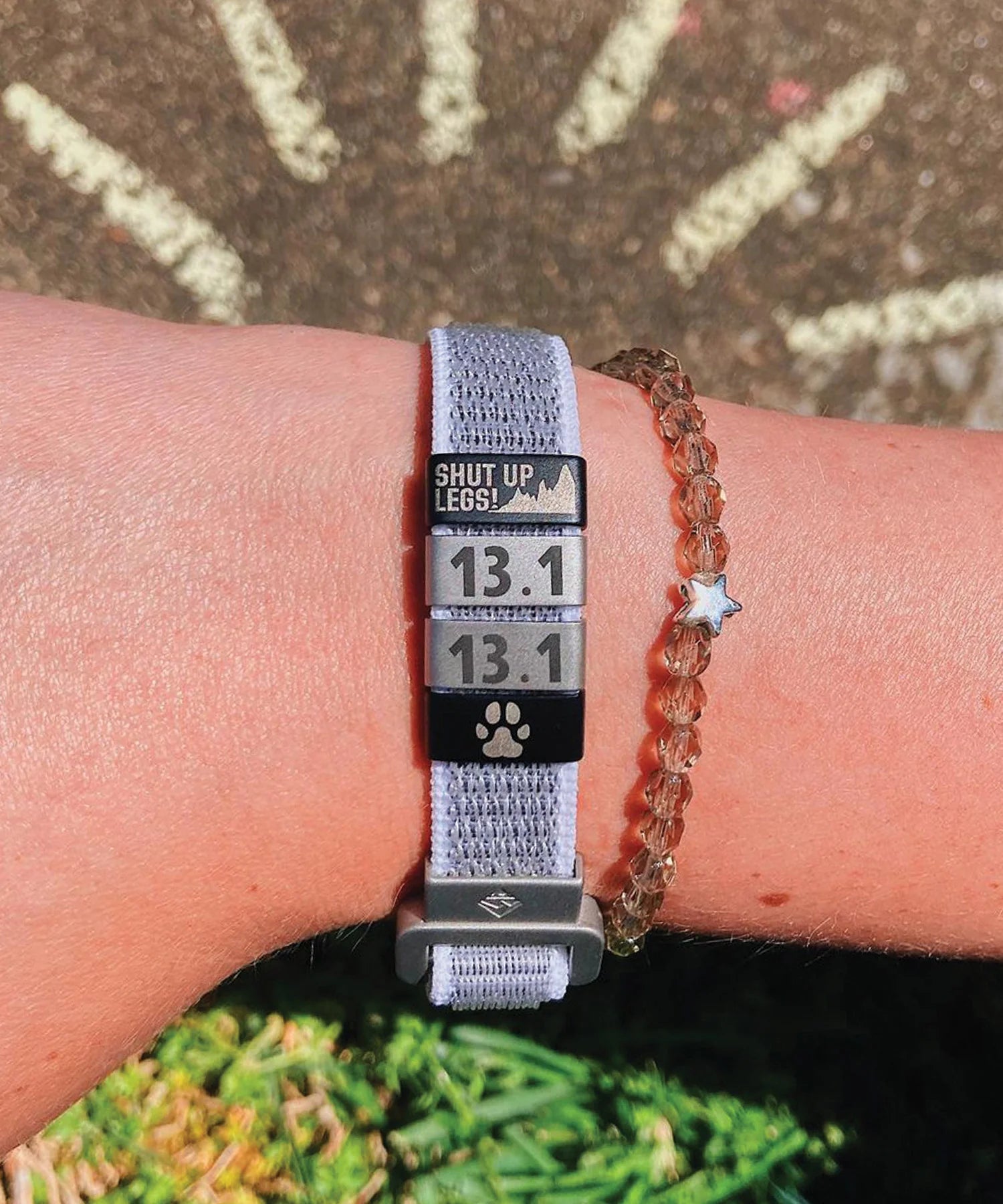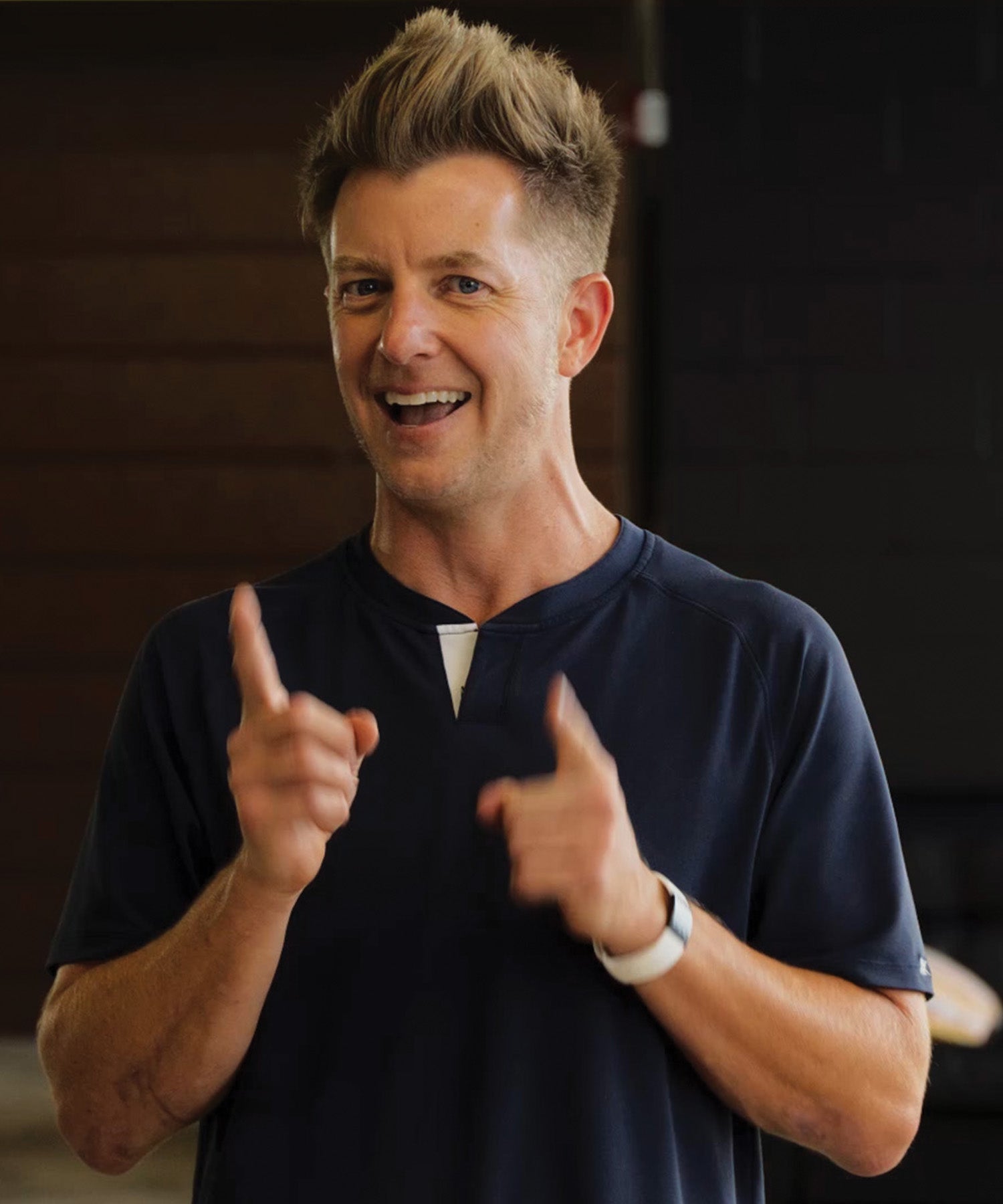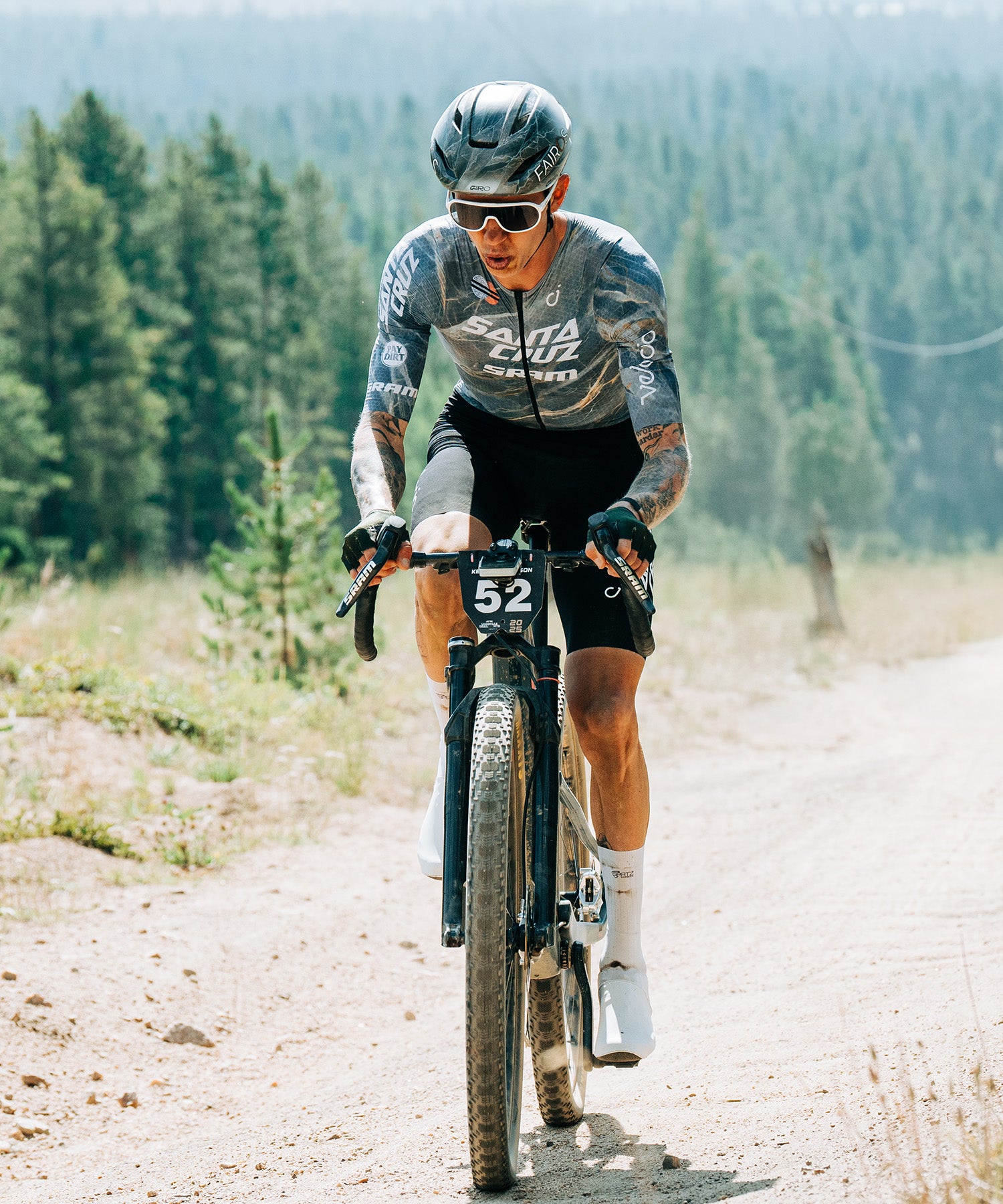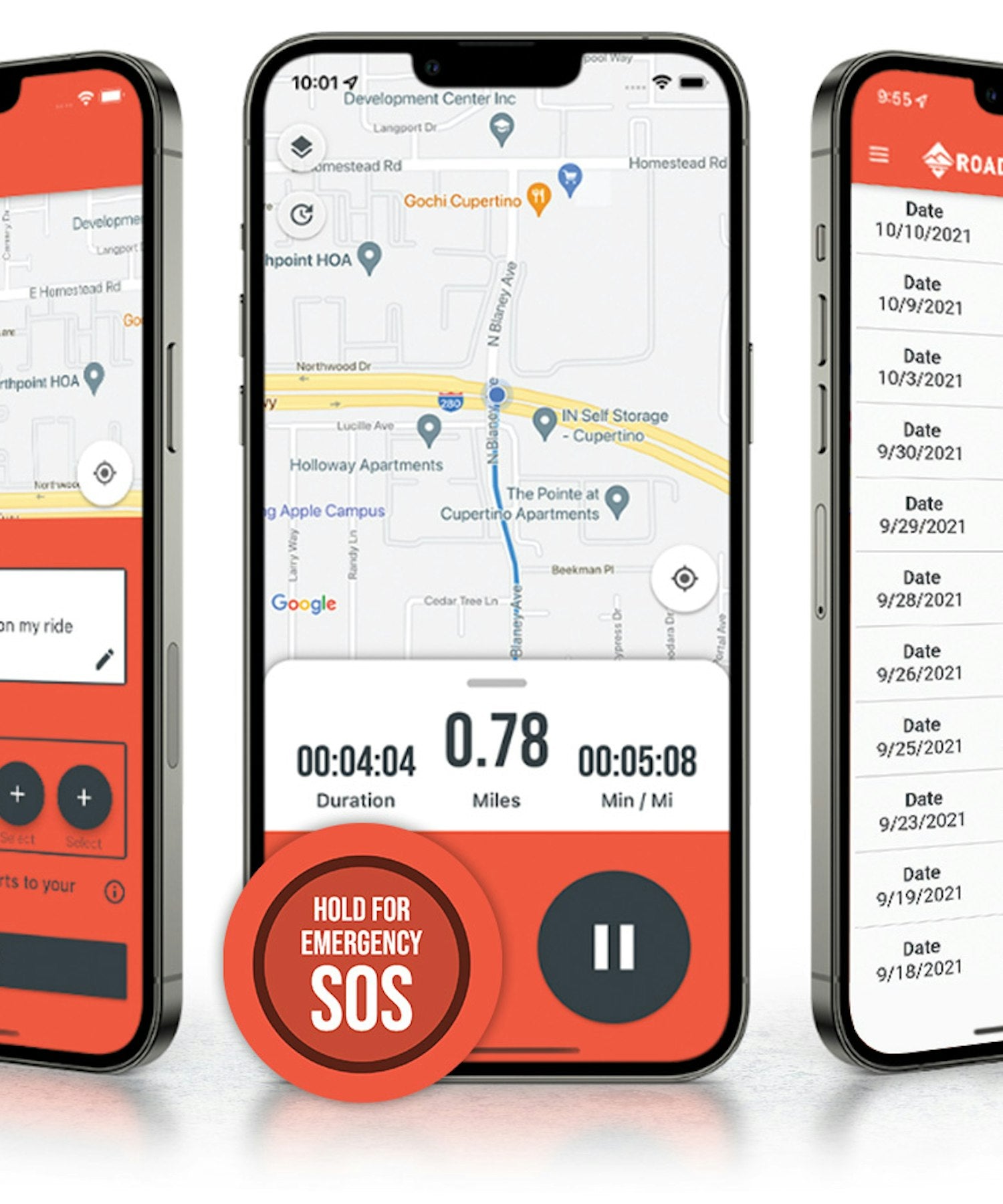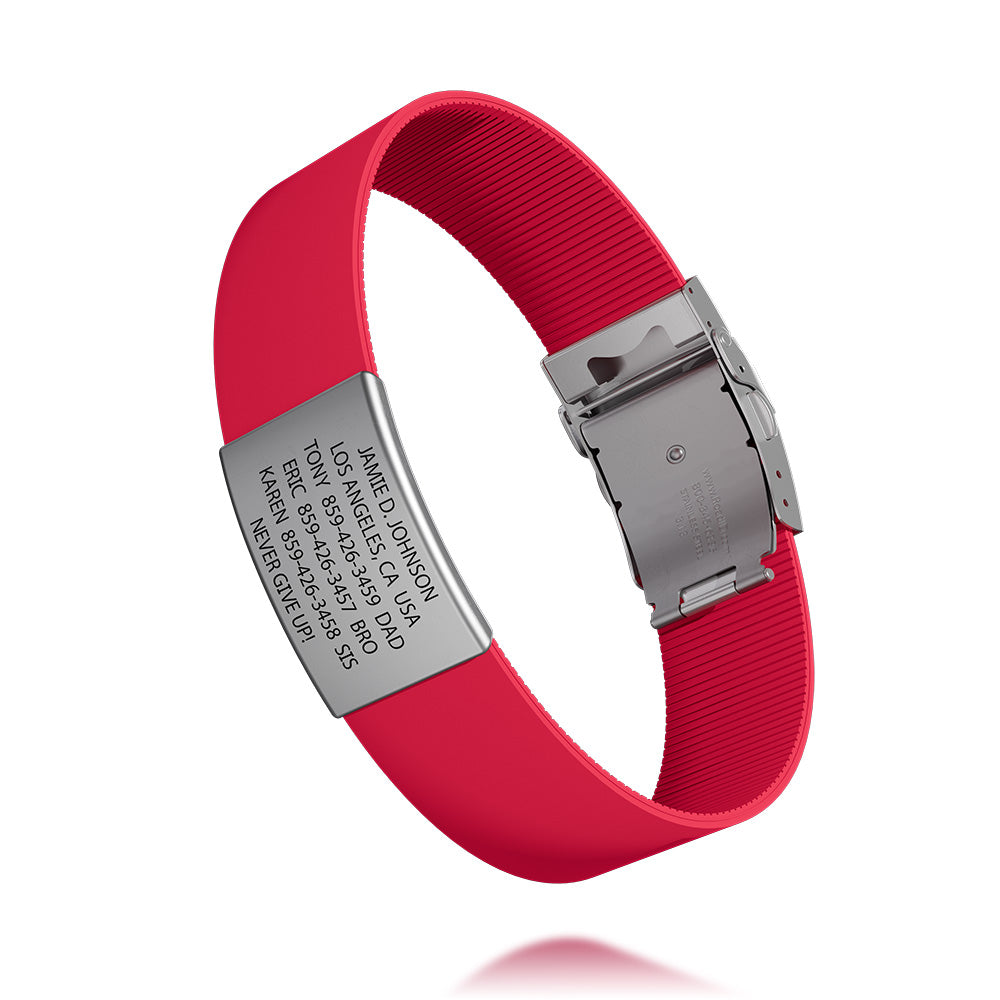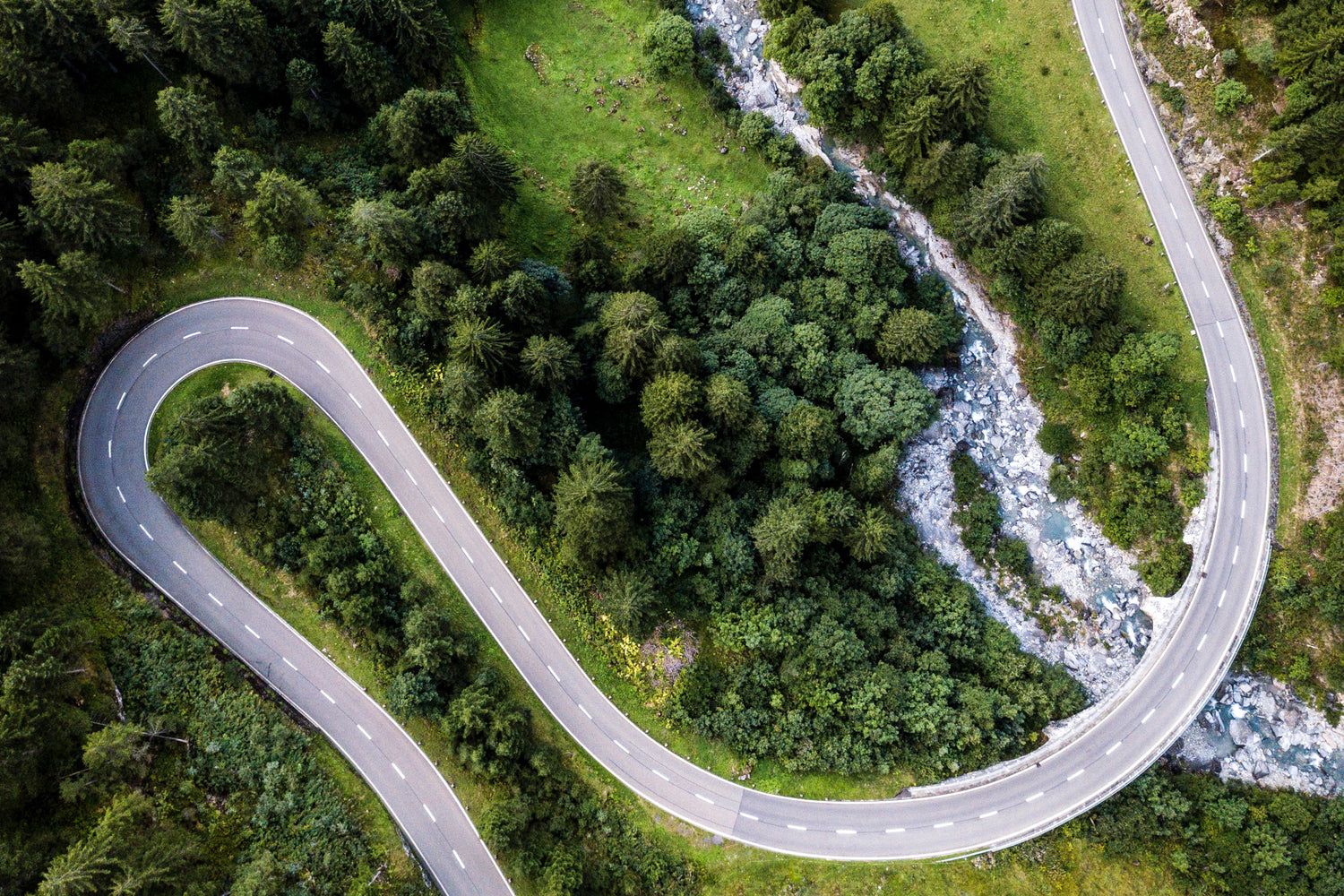 David Bonafede says he's 66 going on a 67-year-old teenager. Every week, he hikes the Whittier Foothills in California with his wife, exercises at the gym at least three times, and rides his bike more than 100 miles. “I’ve never found anything that quite matches the feeling of riding a bike and pushing yourself to certain limits,” he says. Despite his passion and drive, a bike crash one fateful day almost made him put the bike away for good.
David Bonafede says he's 66 going on a 67-year-old teenager. Every week, he hikes the Whittier Foothills in California with his wife, exercises at the gym at least three times, and rides his bike more than 100 miles. “I’ve never found anything that quite matches the feeling of riding a bike and pushing yourself to certain limits,” he says. Despite his passion and drive, a bike crash one fateful day almost made him put the bike away for good.
It was March 2, 2017. Bonafede had just retired in December from a 23-year manufacturing career, and he’d already logged 1,000 miles for the year. He headed out on a familiar route with his ROAD iD on his left wrist. “I was all gung-ho to ride, to get more miles, and to really get out there,” he says.
Bonafede made it to Villa Park, California, about 22 miles away from home, stopped to eat, then set back out on a two-lane divided road. He stopped at a stop sign. Then the next thing Bonafede knew, he was being loaded into an ambulance with a firefighter handing him a phone and asking if he wanted to talk to his wife. “That’s where my ROAD iD came in,” he says. “That let the firemen call my wife. I didn’t even know what the heck to say. I didn’t even know where I was.”
To this day, Bonafede still doesn’t know how the bike crash happened - he doesn’t remember being hit or falling - but it’s suspected he was struck by a car from the side. He hit the ground so hard that his helmet was broken in three spots and the back was torn off. The teeth on his bike’s chain ring were ground off. If he hadn’t had his ROAD iD, he thinks it would’ve taken first responders much longer to find his wife. Top Ten Reasons You Should Wear ROAD iD.
Bonafede suffered an internal break to his pelvis and a major concussion, and his side was ripped up. His injuries didn’t require surgery, but it was a long recovery. He used a walker for more than a month then moved to a cane.
“I wasn’t sure if I’d ever ride again,” he says. “There was a lot going on in my head.”
 But being such an active guy, he had to do something. Once the doctor said it was okay, Bonafede started riding the stationary bike at the gym.
But being such an active guy, he had to do something. Once the doctor said it was okay, Bonafede started riding the stationary bike at the gym.
In June 2017, Bonafede finally got back on the road. “It was pretty scary. I was just really paranoid.” After that first ride, he wrote in his log, “I’m not sure I can do this.”
The next month, he found a group to ride with and his confidence started to return. The more he rode, the more comfortable he felt. Six months later, he was back to his regular riding schedule.
Bonafede had already been a fan of wearing ROAD iD before the accident. His wife and dog have them, and he tells all his active friends to get one. “It’s really just common sense,” he says. “It’s such a simple product, and it’s inexpensive.”
When Bonafede is out riding now, he’s more cautious in certain areas, but in normal conditions, he thinks he’s even faster and stronger than he was before. Instead of scaring him off the road, he says the accident has motivated him in a different way.
“My window of riding is not as open as it would have been if I’d had the accident at 50 years old,” he says. “I cherish the chance that I have to go out and do it. I don’t take it for granted. I just try to enjoy it while I can.”




